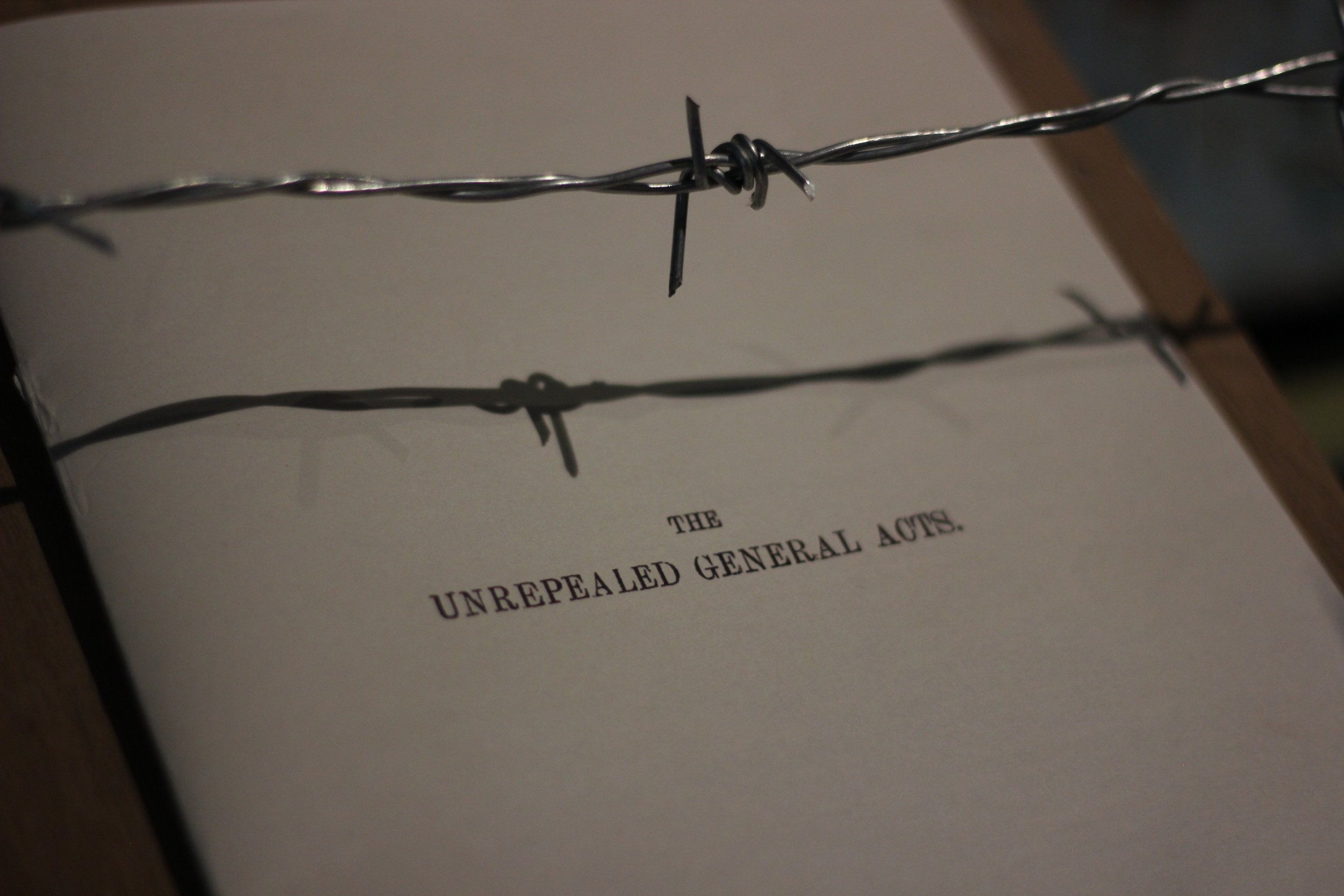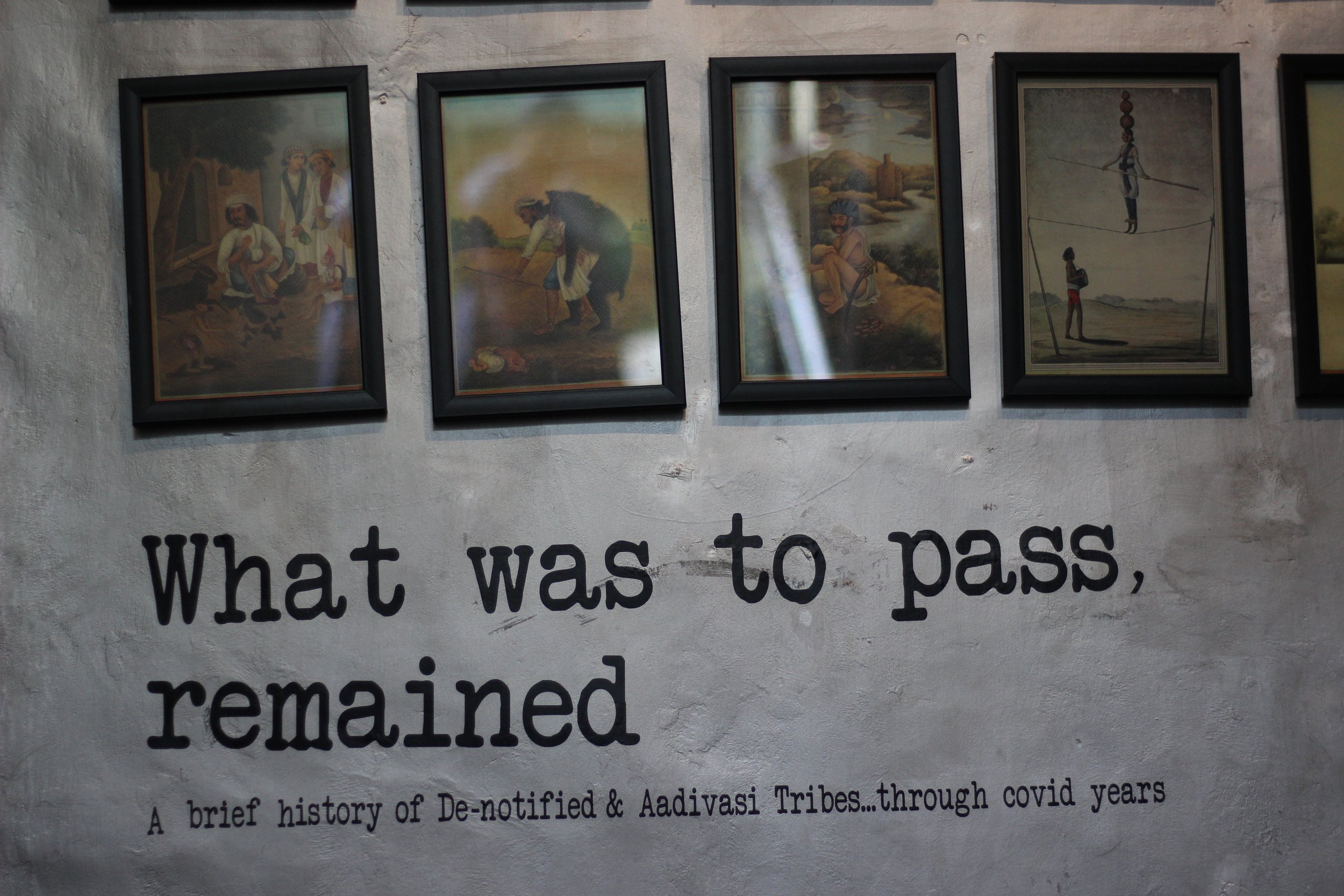We have just been through one of the most dramatic events of recent human history.
How do we remember it?
How do we remember that which we have not seen?
The suffering which has been erased?
How do we mourn those losses that have not been acknowledged?
In India over 80 million people are classified as Scheduled Tribe and around 110 million people as De-Notified Tribes - communities that were 'notified' as born criminals by the colonial Criminal Tribes Act. These are amongst the most precarious populations in the subcontinent, working as manual, agricultural and construction workers, performers, sex workers and street entertainers at the margins of India's informal economy. Their poverty is compounded by stigma associated with their identities and, for DNT groups in particular, by the brand of criminality.
The devastating pandemic in India brought specific challenges to its most vulnerable populations. During the first wave, DNT and Adivasi communities suffered from disastrous effects of an unannounced lockdown when, with four hours’ notice, millions of precarious people were left to fend for themselves. During the second wave, with a shortfall of oxygen, vaccines, medicines and wood to burn the dead, the virus was left to spread to rural areas and urban slums, where people died without diagnosis or care. Yet the suffering of India’s poor has been rapidly obliterated from public memory. Most reporting focussed on national centres with little known about the margins, other than images that people themselves produced and circulated through social media. This exhibition, and the project it originates from, engage with these representations, creating the possibility for a shared memory.
The exhibition is from a community-led arts project that documented the pandemic experiences of DNT and Adivasi communities. A partnership between Budhan Theatre and Bhasha Research and Publication Centre; and anthropologists Alice Tilche and akshay khanna, it was supported by the Arts and Humanities Research Council UK, the British Academy and the School of Museum Studies, University of Leicester.
We invite you to engage with the artists in the space, with images, sounds and stories being shared, and, if you would like, to share some of your own.





























